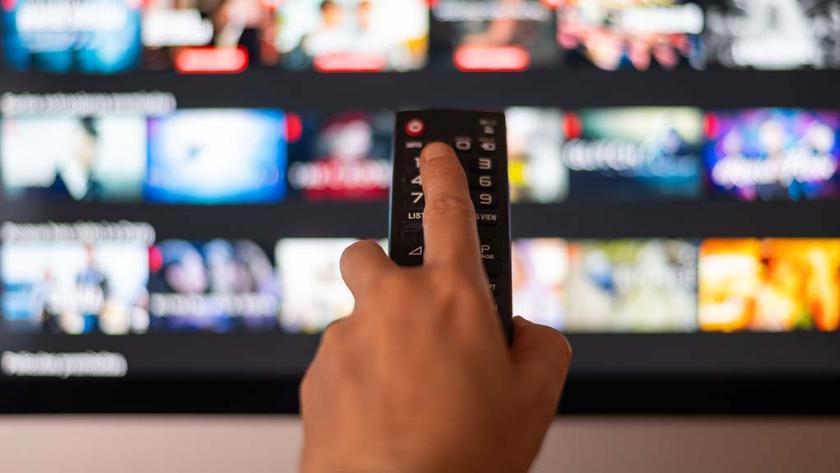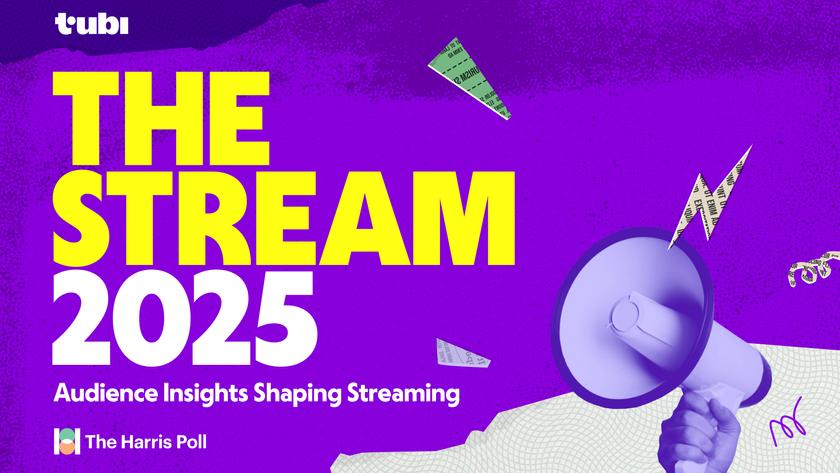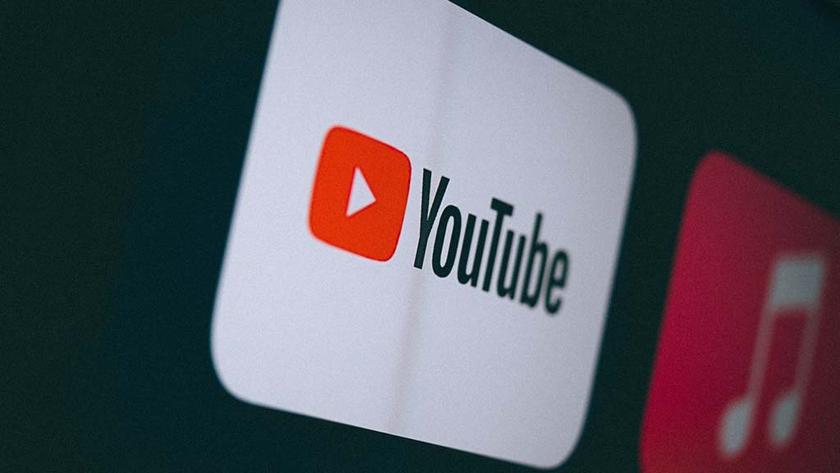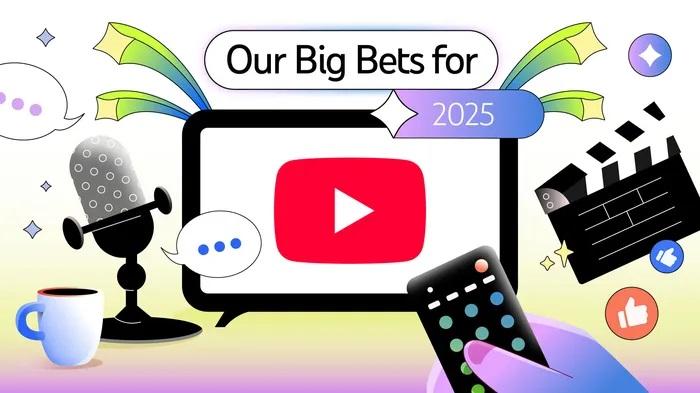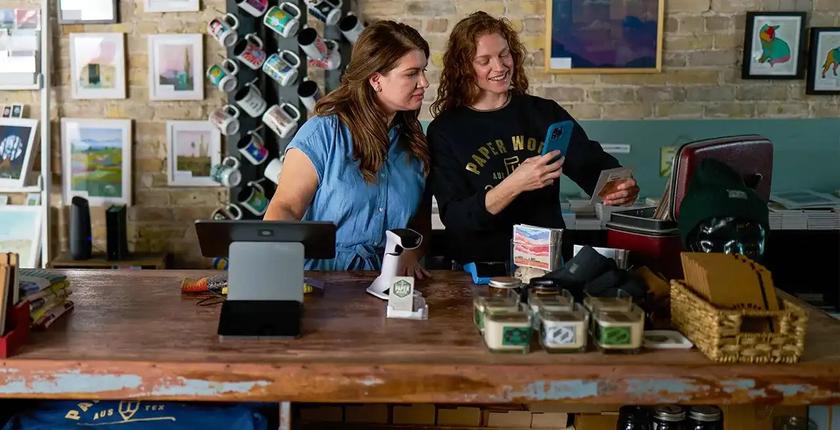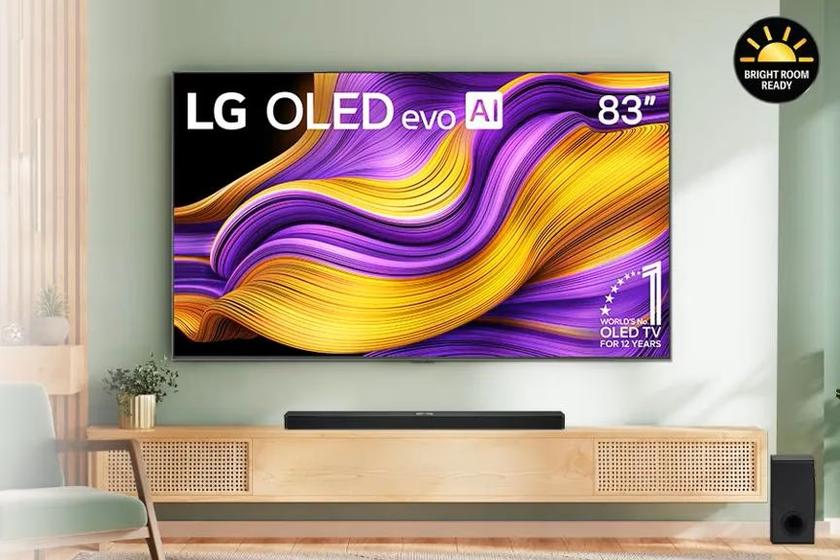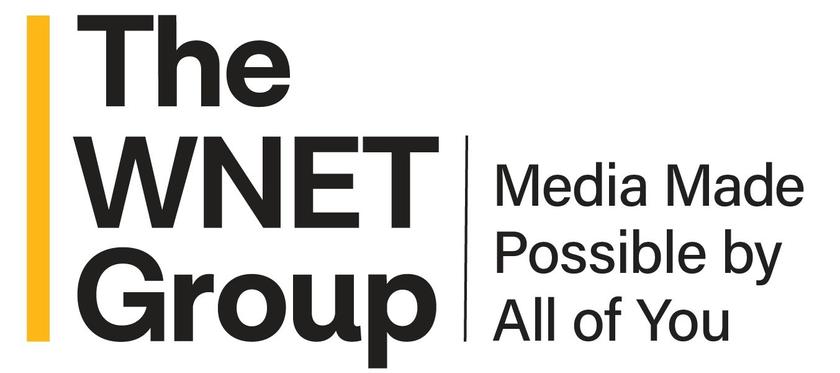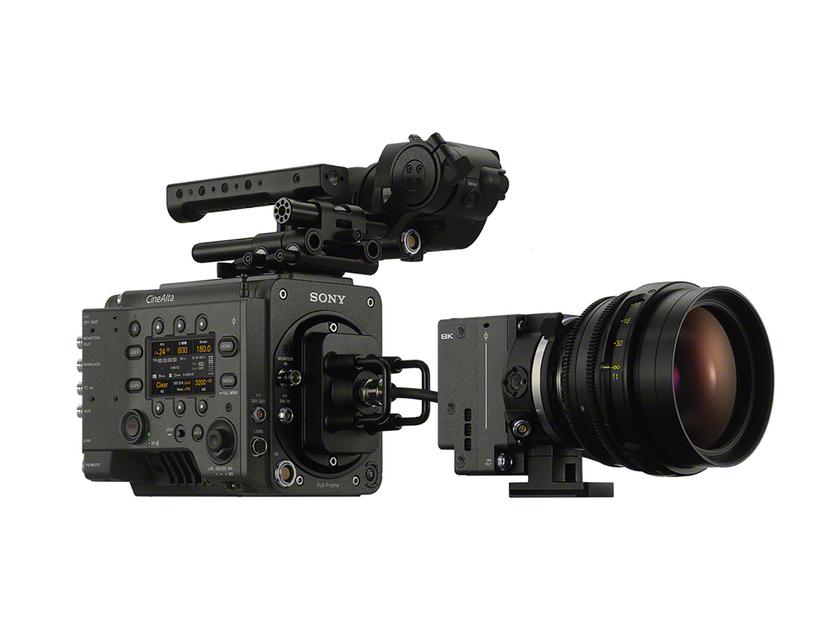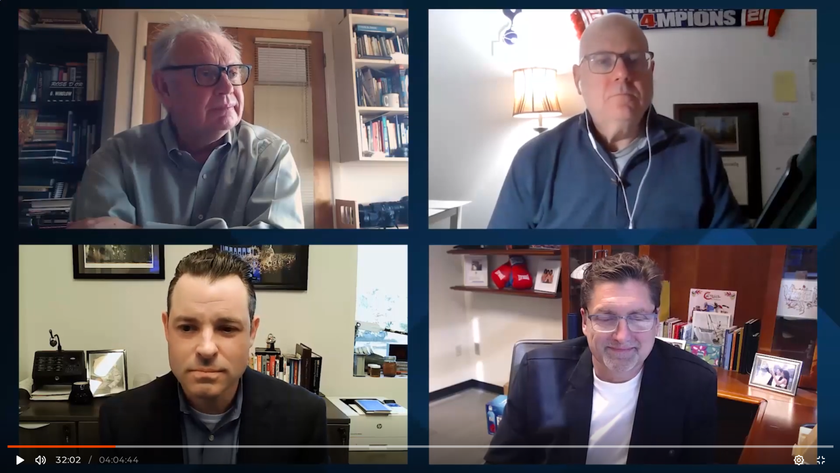Study: Social Video Beats Traditional TV for Young Viewers
Short-form video captures a 21% share of viewing among young people aged 13-24 according to Hub

PORTSMOUTH, N.H.—Social video on platforms like YouTube or TikTok continues to plays an outsize role in the lives of young viewers, at the expense of traditional premium, according to Hub Entertainment Research’s annual Video Redefined survey.
The survey found that young people spend more time watching “non-premium” online video than they do regular TV shows, consumers aged 13-24 estimate that 21% of all their entertainment screen time goes to non-premium video, compared to just 16% spent on traditional TV shows. In contrast, consumers age 35+ spend 39% of their screen time on TV shows – more than twice as much as they spend on online videos (14%).
“While consumers embrace social video as essential entertainment, many are aware that it may be at the expense of watching longer form TV and movies,” said Jason Platt Zolov, senior consultant at Hub and one of the study authors. “Studios have an opportunity to continue to lean into short-form to build connections with audiences - but bringing consumers back to longer-form content can potentially deepen engagement with brands in meaningful ways.”
“These findings underscore why YouTube became the first streaming platform to crack 10% share of total viewing on Nielsen’s Gauge,” added Jon Giegengack, Hub’s founder and co-author of the study. “The next generation of TV consumers recognize the difference between ‘premium’ and ‘non-premium’ content. They just don’t see premium as inherently ‘better.’ Either one is a perfectly legitimate way to spend the time you have available to watch TV.”
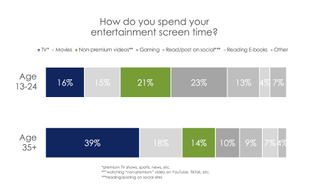
The survey indicated that short-form videos aren’t just filler content – about 60% of all viewers under age 35 say that short videos are just as much fun as “premium” TV. And while phones are still the most common screen for short-form video, respondents said that nearly a quarter of those videos are watched on a TV set.
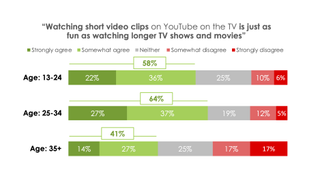
Short-form videos take disposable time away from TV – but they also serve as a gateway for young people to discover longer content, the Hub study found. More than half (57%) of viewers 13-24 say they spend less time watching “regular TV” because of the time they spend watching services like YouTube and TikTok.
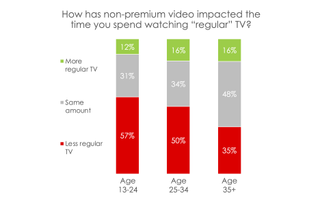
Yet, the survey also reported that young people still watch TV and that the relationship between social video and TV can be complementary. More than 60% of them say they often watch shows or movies that they discovered for the first time via clips on social platforms like TikTok and Instagram. In contrast, only 35% of viewers over age 35 discovered shows this way, making social video a powerful tool for engaging critical young audiences.
Get the TV Tech Newsletter
The professional video industry's #1 source for news, trends and product and tech information. Sign up below.
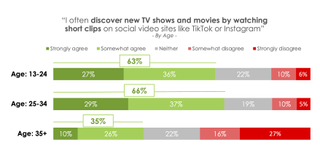
The growing usage of social video has also reached the point where many viewers are uncomfortable with the amount of time they spend on short-form video, the researchers reported. Close to half of those under 35 feel they spend too much time on platforms like TikTok or Instagram and might better spend their time with TV and movies. And even though viewers age 35+ spend less time with this content, a quarter of them (26%) feel the same way.
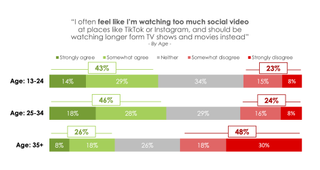
These findings are from Hub’s 2024 “Video Redefined” report, based on a survey conducted among 1,919 US consumers ages 13-47 with broadband access. Interviews were conducted in December 2024 and explored how consumer consumption of social video co-exists with viewing of traditional long-form TV and movies. A free excerpt of the findings is available on Hub’s website.
George Winslow is the senior content producer for TV Tech. He has written about the television, media and technology industries for nearly 30 years for such publications as Broadcasting & Cable, Multichannel News and TV Tech. Over the years, he has edited a number of magazines, including Multichannel News International and World Screen, and moderated panels at such major industry events as NAB and MIP TV. He has published two books and dozens of encyclopedia articles on such subjects as the media, New York City history and economics.


